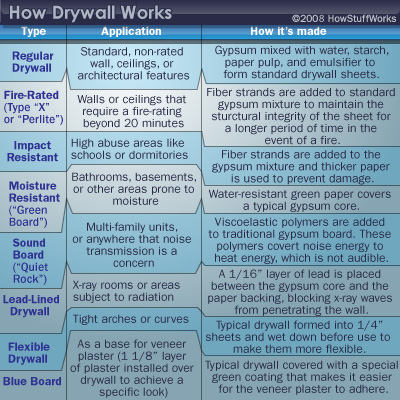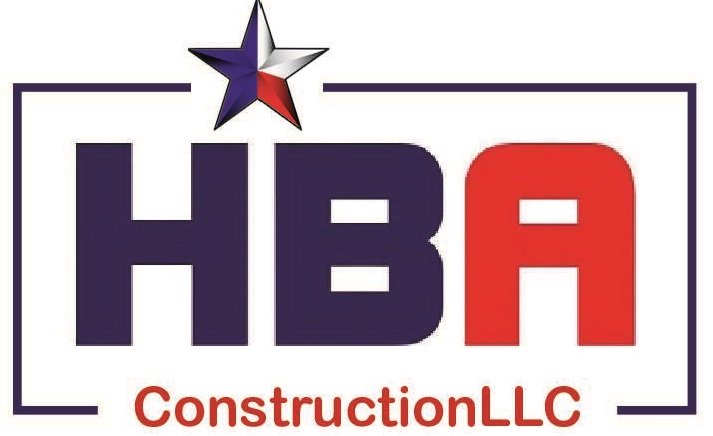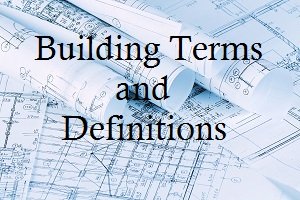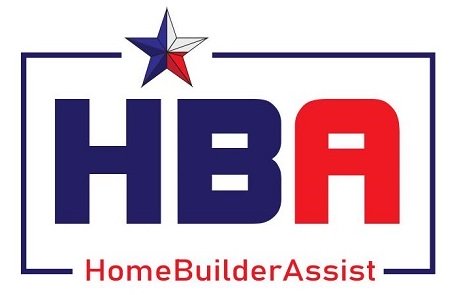Drywall
Drywall is incredibly durable and requires only simple repairs when damaged. But installing it yourself is not as quick and easy as it looks if this is your first time. Learn all you can about the process before starting on your own.
Other Names Used
Drywall is the panel made of gypsum plaster pressed between two thick sheets of paper. Sheetrock is simply a trademark for drywall made by the US Gypsum Company.
Types

While regular or white board is appropriate for most applications, there are many other types that are better suited for special circumstances. This chart made by HowStuffWorks.com will help you choose the correct type for your application.
Description of Types by the Color and Application
Regular or White Board: Regular is normally white on one side and brown on the other. It probably is the most economic drywall type and comes in different sizes ranging in thickness from 3/8 inches to one inch. This is the most common type used and is normally available in four by eight foot panels.
Green Board: Green board, also known as moisture-resistant drywall, has a green covering that makes it more resistant to moisture than regular drywall.It is somewhat more expensive, but be aware that it is not waterproof, so don’t use it if it’s going to be in contact with water. It is also often used as a tile backer in limited wet areas such as bathroom and basement walls, plus kitchens, and laundry and utility rooms.
Blue Board: Blue board is also known as plaster baseboard. Blue board is used for veneer plastering, and the surface paper has special absorption qualities.It has a high water and mold resistance and there are fewer steps involved in veneer plastering. Blue board drywall is not made for mud, tape, or paint.It works extremely well in bathrooms or places with a lot of moisture and helps reduce noise.
Paperless: Paperless drywall has been replacing paper drywall. This type of drywall is covered with fiberglass instead of paper, which protects the gypsum board from rot and offers even greater resistance to mold and mildew.The quality of the board is a little tougher than regular, but some construction pros find it easier to cut.Paperless drywall has some slight textures that will require applying joint compound to achieve a smooth clean finish drywall level.
Purple: Purple offers the same advantages as regular drywall, but with superior moisture- and mold-resistant characteristics.It can be used with all wall and ceiling applications and is ideally suited where enhanced moisture and mold resistance is desired. If it is going to be in contact with water, this is the one to use.
Type X: This is the so-called fire-resistant type. Several thicknesses can be used in layers to achieve a higher fire rating. It is harder to cut and work than regular drywall and normally is used in garages, rooms, and apartment buildings, as it is required by several building codes.Type X drywall is made with special noncombustible fibers. It normally comes in 5/8-inches thickness and its extra thickness can also improve its soundproofing characteristics.To receive the "Type X" designation, a gypsum board must achieve at least a one-hour fire resistance rating for 5/8-inch board or a 3/4-hour rating for 1/2-inch board in a single layer, nailed on each face of load-bearing wood framing members.
Soundproof: Soundproof drywall is composed of laminated drywall made with a mix of wood fibers, gypsum, and polymers increasing the STC (sound transmission class).This drywall is denser than regular drywall so it might be a little harder to cut than other types of drywall. Due to its soundproofing characteristics, it is used in areas where noise is a problem or when silence is required in a room.This one might be used in your family room walls or, if you are a musician, it might help you in your music room.
How Much Will I Need?
Once you've determined which type is best for your project, you'll need to figure out how much you'll need. Measure the square footage of the walls and ceilings you need to cover. To accommodate for material waste due to cutting and size restrictions, add 20 percent to your measurement. Divide your square foot measurement by 32 feet (the size of the typical sheet) to find out how many sheets you'll need to purchase.
Other products you will need are joint compound (often called "mud" or "spackle")and paper drywall tape.
How to Hang Drywall
If you want to hand the drywall yourself, you will need to learn a few pointers. One great article on the subject is found on Family Handyman. Below is a simple and quick tutorial on the process.
Creating Smooth Walls
Taping is one of the most important jobs in the process. A skilled taper can hide many mistakes left behind by the framers and drywall hangers. A poor taping job, however, can cause trouble for trim carpenters and painters. A quality outcome requires proper tools and materials. The pro taper at ConstructionProTips.com shares his 3 day, step-by-step taping routine.




